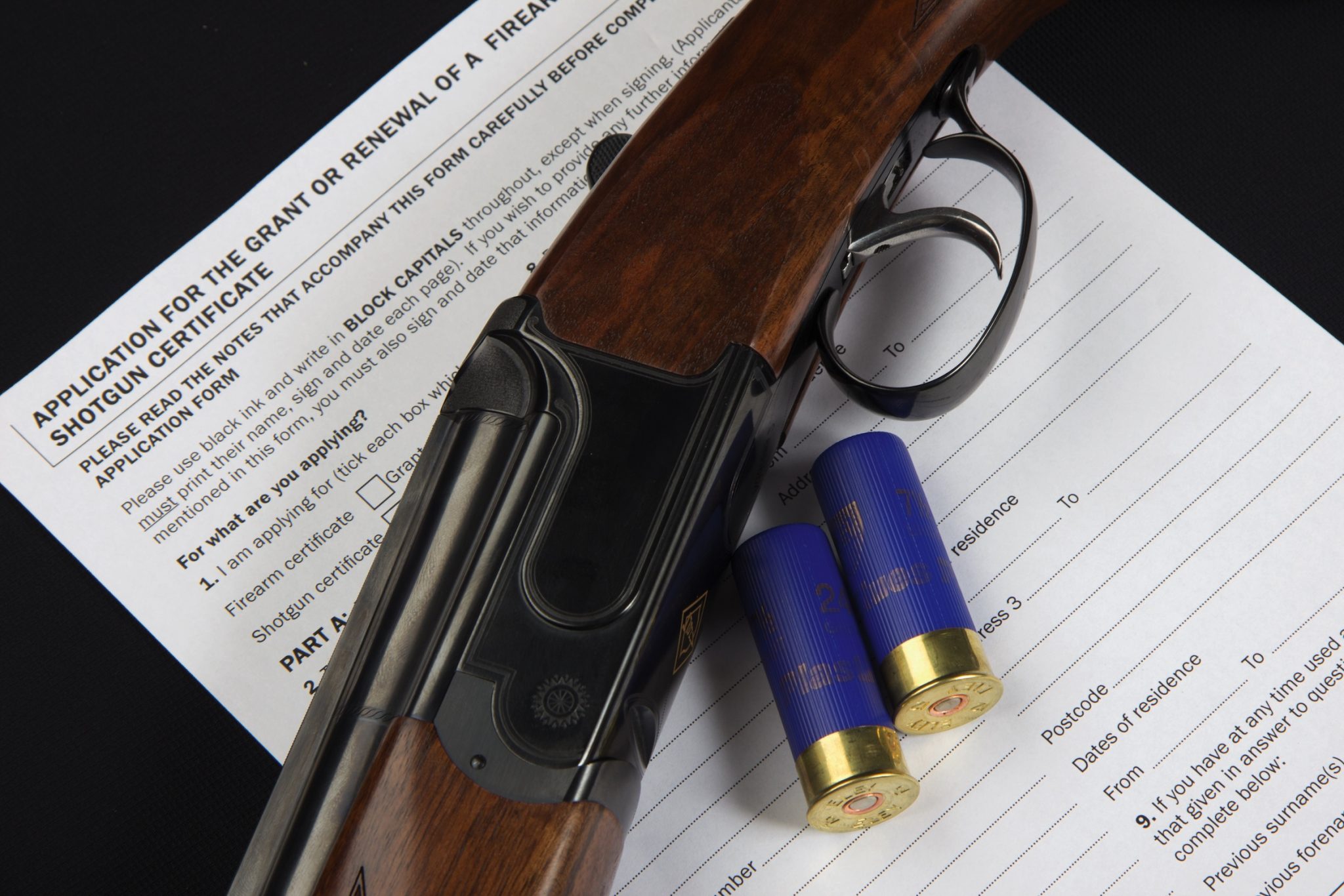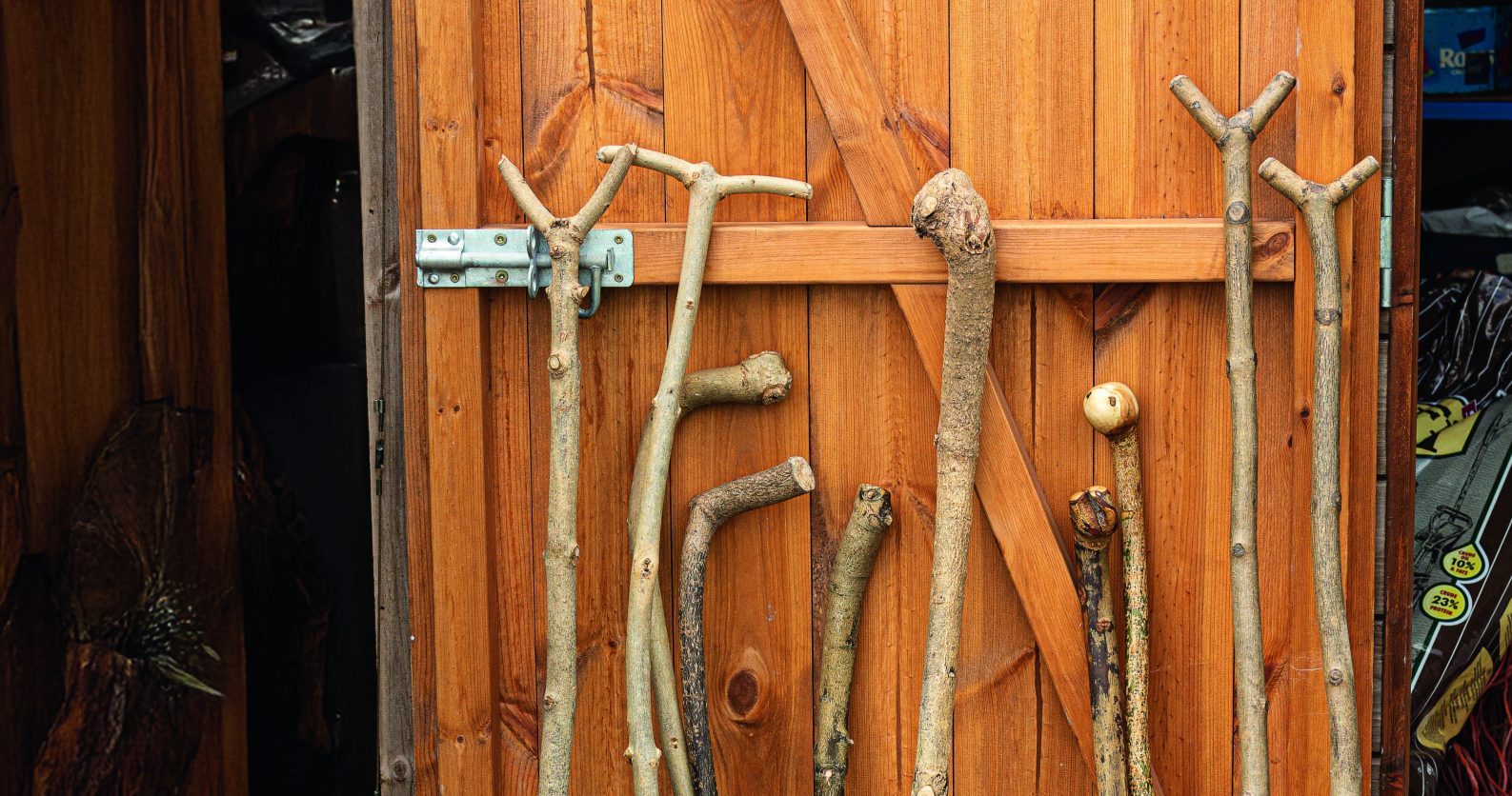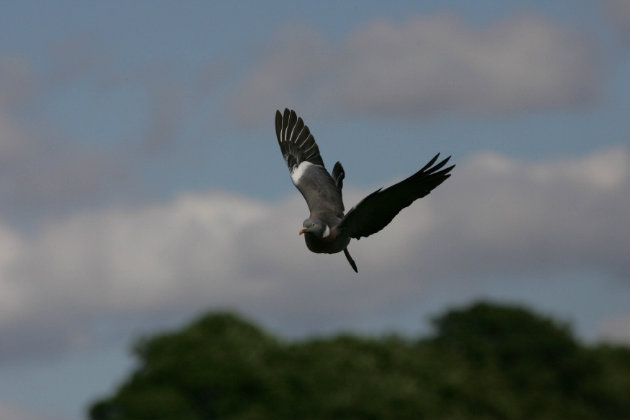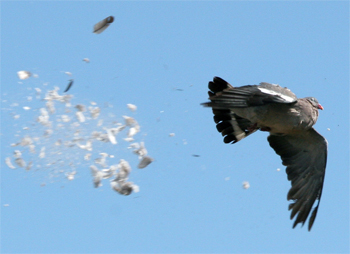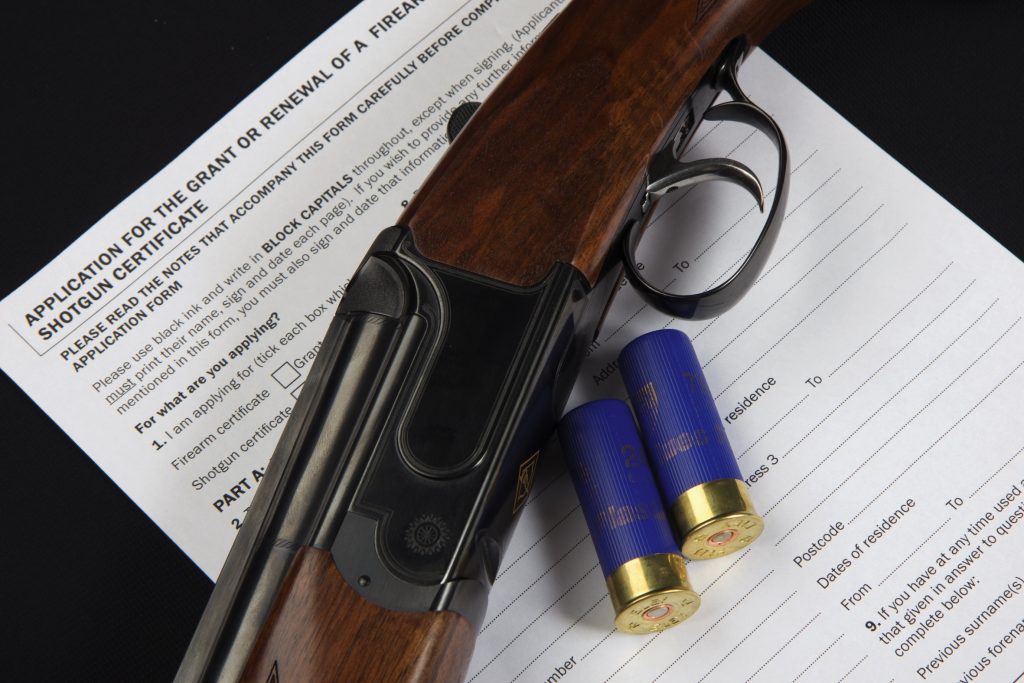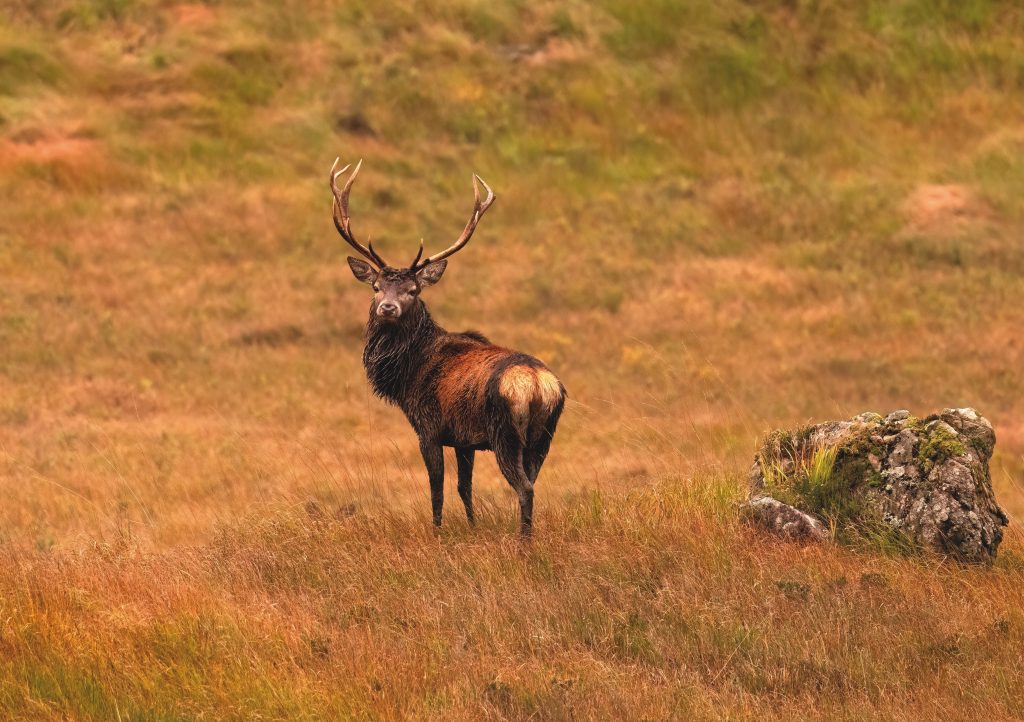If you’re gameshooting then you’ve got to be aware of etiquette. You have to dress the right way and say…
Win CENS ProFlex DX5 earplugs worth £1,149 – enter here
Where to spot the pigeon
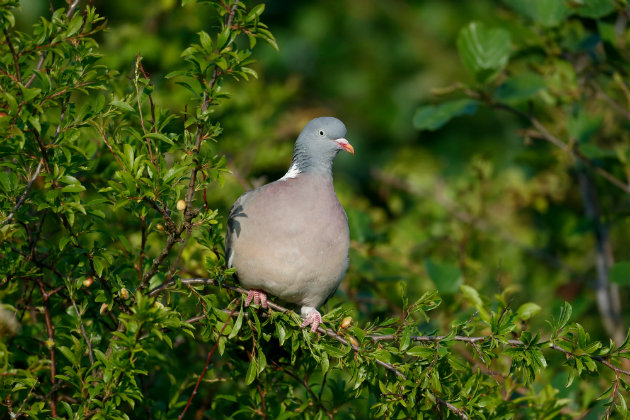
May and early June can often be the slowest period for pigeon shooting. But I’m very fond of this time of year as a pigeon shooter because you really have to think like a pigeon. Your reconnaissance has to be thorough or you could waste your time, and the skill it takes to shoot a bag of pigeons when all is quiet is a real achievement.
Having said that, I am going through an awful period with my pigeon shooting. I’ve got the crops, I’ve got the perfect locations and I’ve even got the pigeons, but they will not play ball for love nor money. Recon seems to be a wasted task at the moment. The birds are unpredictable, feeding times are all over the place and it is nigh on impossible to actually get it right.
Birds are still feeding hard on the buds as we haven’t yet had the warmer weather that draws them away from the woods. It is frustrating but there is nothing you can do about it other than to keep trying. This is all in marked contrast to this time last year, when I was killing great bags.
There is an abundance of food around and, in May in particular, there is such a mix to choose from that the birds can easily feed on all sorts. This makes locating their chosen food extremely tricky. At the same time, the trees are beginning to green up and will be in full leaf going into June, so locating moving birds becomes hard, even through your binoculars. What’s more, if the weather is poor at this time of year — such as a sudden drop in temperature — it can have a huge impact on where pigeons choose to feed.
How can I find pigeon shooting and what should the pigeon shooter be looking at?
In theory, there are plenty of “restaurant doors” open at the moment so it is a matter of finding their locations. In early May you may be lucky to have a couple of late drillings going in but generally farming is now so efficient that if the weather has co-operated everything will be drilled and in the ground. So as you come into the end of May and early June, all feeding will be on green crops. But theory, of course, is one thing, practice is another.
I’m trying to find land for pigeon shooting on!
I am trying to find land for pigeon shooting on. Could you please advise me on the correct etiquette when…
Favourite pigeon feed
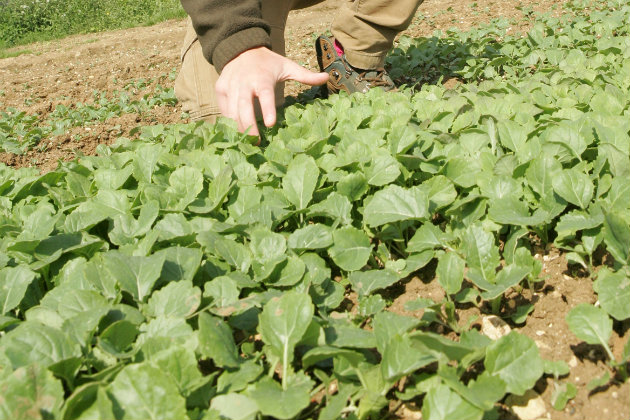
This small patch of spring rape has grown well but it is a less common crop now due to costs
Spring rape
Birds will start feeding on spring rape as it appears but usually only once the plant is showing true leaf. When it has got going, rape grows up very fast, so you must keep a close eye on it. Pigeons will destroy a crop of spring rape incredibly quickly. There is much less spring rape around, which is a great shame for pigeon shooters. Rape seed is expensive to produce and in general it yields so poorly that farmers are tending not to plant it as a spring crop.
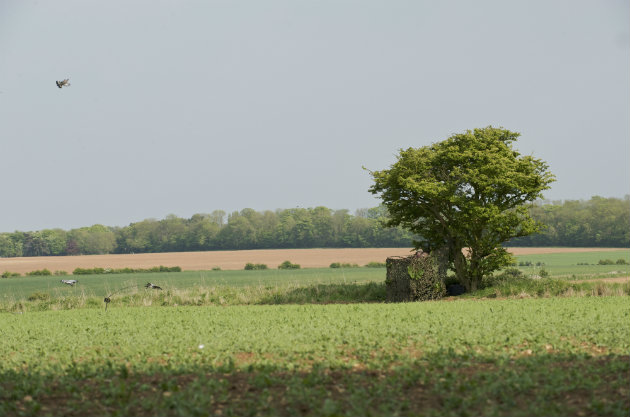
Shooting over peas from a hide can result in some excellent bags as pigeons adore this crop
Peas
A crop that in many areas ceased to be grown at one point, peas have made a comeback — much to the delight of many a pigeon shooter. It offers all-round shooting from drill to harvest and around now there will be activity of some sort. It is important that you don’t over-shoot the crop. Space your outings correctly and you will be more effective. As the crop starts to thrive you don’t want to be a walking bird-scarer, pushing birds on to other parts of the crop.
Focus your recon from around noon onwards, though if it is a very still and warm day, start watching from later on. Pigeons operate like clockwork on peas so once you have identified where to set up, beat the birds to the field.
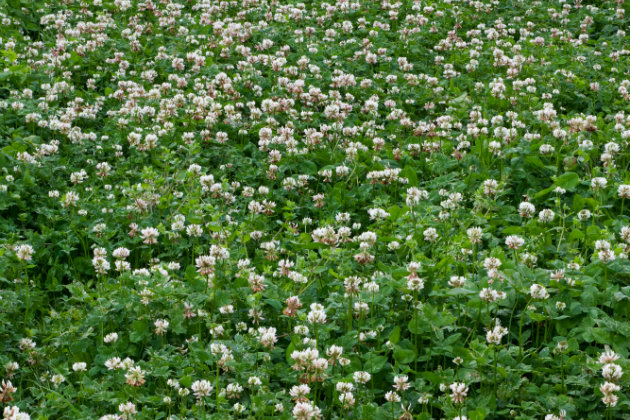
Before winter rape, clover was the pigeon’s staple diet.
Clover
Clover is often overlooked by the modern pigeon shooter but before the introduction of winter rape, it was the staple diet of the woodpigeon. It is rare to shoot big bags over clover now but even so, it can still provide some good outings. If you drive past any grass fields on a sunny evening and you see small gangs of pigeons, it will be clover that they are feeding on. They tend to prefer a really warm sunny afternoon, with the main period from 4pm onwards.
If you only see a few birds feeding, don’t shrug off the opportunity to shoot. There is every chance that more will be coming and going and there could be good numbers sitting around the surrounding woods that you will be unable to see due to heavy leaf.
I really enjoy a warm evening shooting over clover. Birds tend to decoy very well and you can walk away with bags of around 30 to 40 — a great afternoon’s sport. Regarding decoys, I never use a magnet over clover and find that static dead birds, in good condition, work beautifully, with a possible flapper added into the mix. Birds tend to leave clover if weather has been wet or there has been a drop in temperature.
Failed rape
Throughout May, failed rape can provide some good outings. Areas where the crop has struggled to get going provide an attractive feeding option for pigeons. Shooting will normally be in the latter part of the afternoon. During your reconnaissance do watch carefully, as it is easy to miss birds heading out to feed and it will be almost impossible actually to see feeding birds due to the height of the good crop.
When placing your decoys, make sure you show them off. Raise them slightly higher than the failed area. Floaters placed in the taller parts of the crop can act as a real draw for approaching birds.
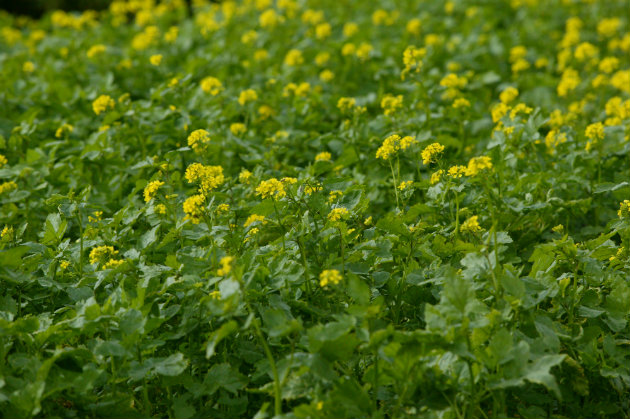
Mustard can be wrongly identified as rape but it decoys well
Mustard
Mustard is usually drilled as a nitrogen-fixing crop and can provide some great outings but it is another rare crop that many shooters might not think to shoot over. Again, late afternoons in warm weather always provide the best sport.
It is often wrongly identified from a distance. It has a yellow flower and is fairly open in density. Birds tend to decoy well as they are left undisturbed. A magnet can work on the slightly taller crop and you can use cradles to show off dead birds. Pigeons will behave very much the same as they would on spring rape, filling up the surrounding hedges and trees before feeding. Once they have arrived they will hang around the feeding area, so you must beat them to the crop.
Laid crops
Come the middle of June, keep your eye out for the first-laid crops. You don’t see laid barley any more, as farmers are being more controlled with the amount of nitrogen that is used but also because stronger-stemmed varieties are being grown. Having said that, last June there were more laid crops than I’ve seen for quite a few years and this can only have been down to the varieties used.
Tom’s tips for playing crops like a pro
- All the crops mentioned make it sound like you’ll be seeing a feeding bonanza. But the problem is the amount of food available – you have to be on top of your reconnaissance
- Don’t discount small numbers of pigeon. The surrounding trees and hedges could be jam-packed with pigeons that are hard to see due to heavy leaf
- Birds have split up at this point in the year and will be travelling in small groups, singles and pairs so don’t look for massive numbers on the wing
- Weather plays a huge part, especially over crops such as clover. Feeding patterns will change if the weather changes. Warm afternoons will always giv you best results.
- Some shooting is better than no shooting. Don’t shrug off an outing just because you don’t think you are going to shoot a massive bag. It takes more skill to make a bag from not very much activity.
Related Articles
Get the latest news delivered direct to your door
Subscribe to Shooting Times & Country
Discover the ultimate companion for field sports enthusiasts with Shooting Times & Country Magazine, the UK’s leading weekly publication that has been at the forefront of shooting culture since 1882. Subscribers gain access to expert tips, comprehensive gear reviews, seasonal advice and a vibrant community of like-minded shooters.
Save on shop price when you subscribe with weekly issues featuring in-depth articles on gundog training, exclusive member offers and access to the digital back issue library. A Shooting Times & Country subscription is more than a magazine, don’t just read about the countryside; immerse yourself in its most authoritative and engaging publication.




